Tag: Slave Lake
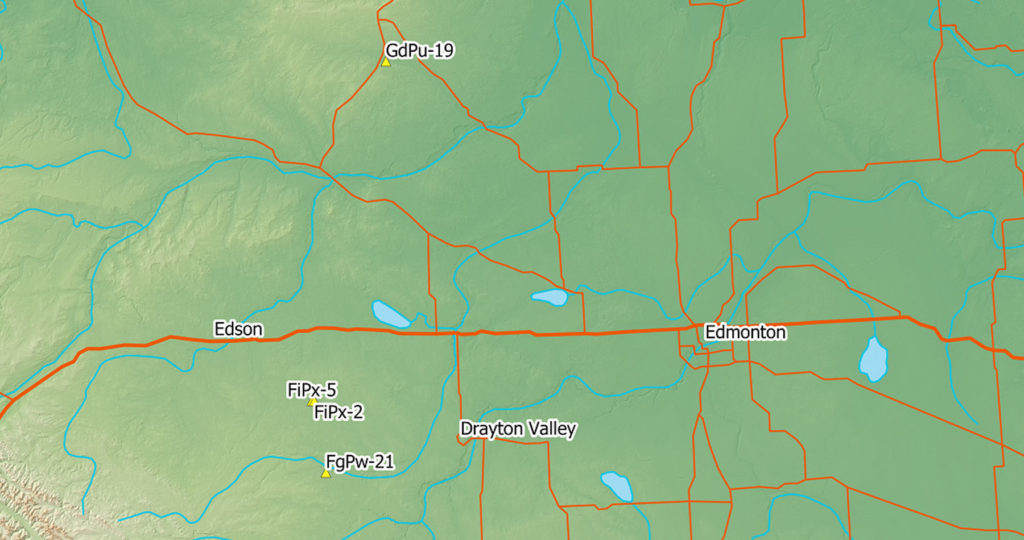
October 1, 2020
Top 10 Sites of 2019!
We are heading into the fall of 2020 and the season crunch is in full swing! We have been pretty busy, despite the challenges of COVID-19, and have found quite a few new and exciting sites. This makes us recall the sites of 2019! It was hard to make time to write up what we
Keep Reading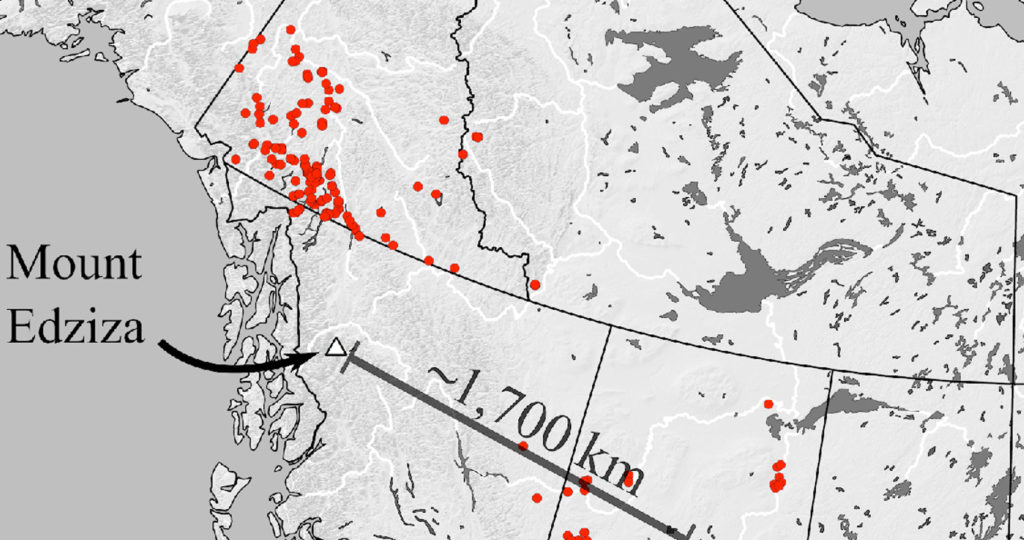
April 15, 2020
No volcanoes in Alberta, so where does the Obsidian come from?
When working close to an obsidian source (i.e. volcanoes), archaeologist will regularely find obsidian tools and debitage. However, in the boreal forests of northern Alberta, obsidian is a rare find indeed. So to find any evidence of it at all is pretty significant. Volcanic glass, or obsidian, is one of the sharpest naturally occurring materials
Keep Reading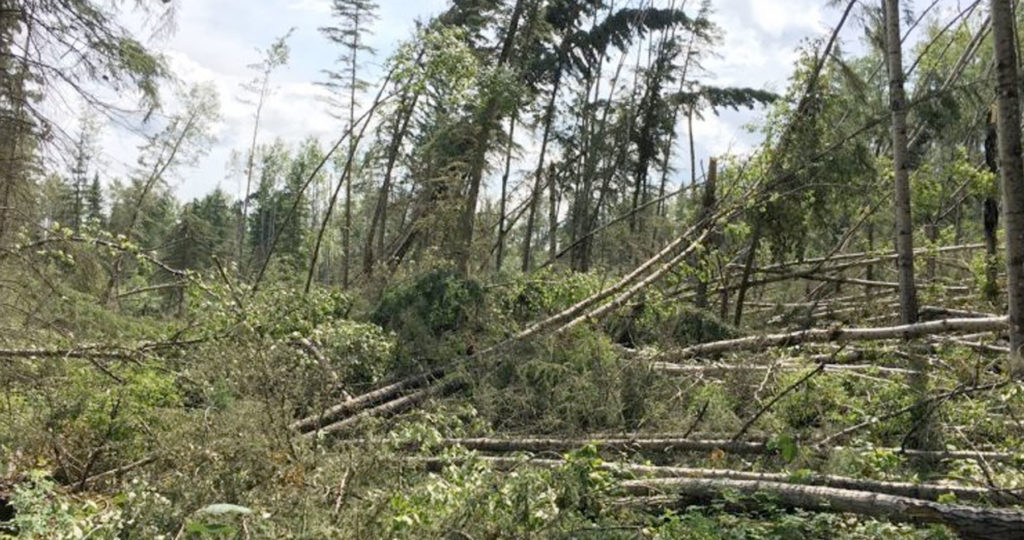
May 9, 2019
Wind Storm in the Slave Lake Region Aids in the Discovery of Giant Archaeological Site.
In July of 2017, some forests in the vicinity of Slave Lake experienced catastrophic blow down when a fast moving storm swept through central Alberta. The large storm system caused high winds and localized flooding in many areas, including Slave Lake and Edmonton. It also dropped golf ball sized hail on Drayton Valley and spawned
Keep Reading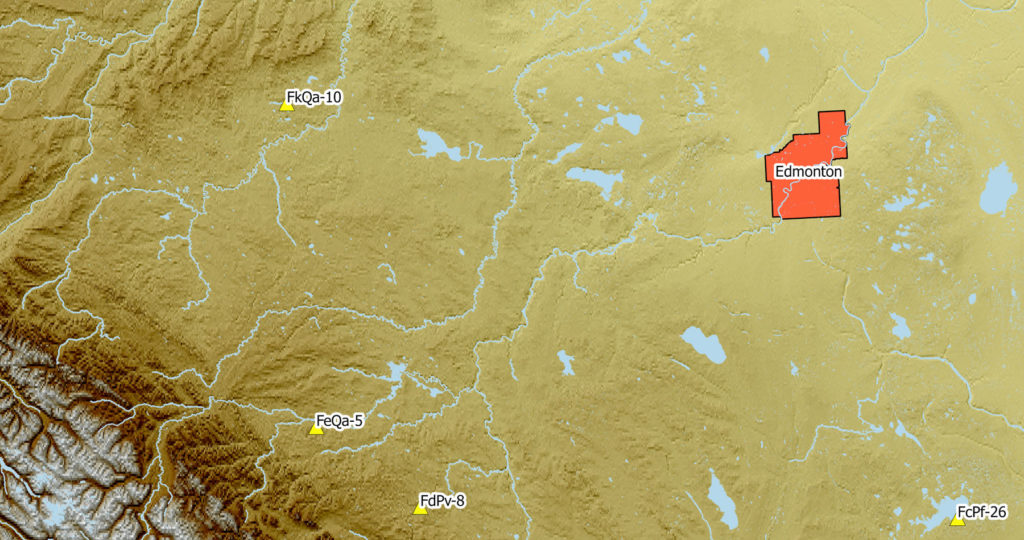
March 25, 2019
Top Ten Sites of 2018!
Now that all the reporting is done, we thought it was a good time to look back on some of the exciting sites we worked on from the past year. We find over 100 sites every year but these sites stand out either because we found interesting artifacts or the site is unique. It doesn’t
Keep Reading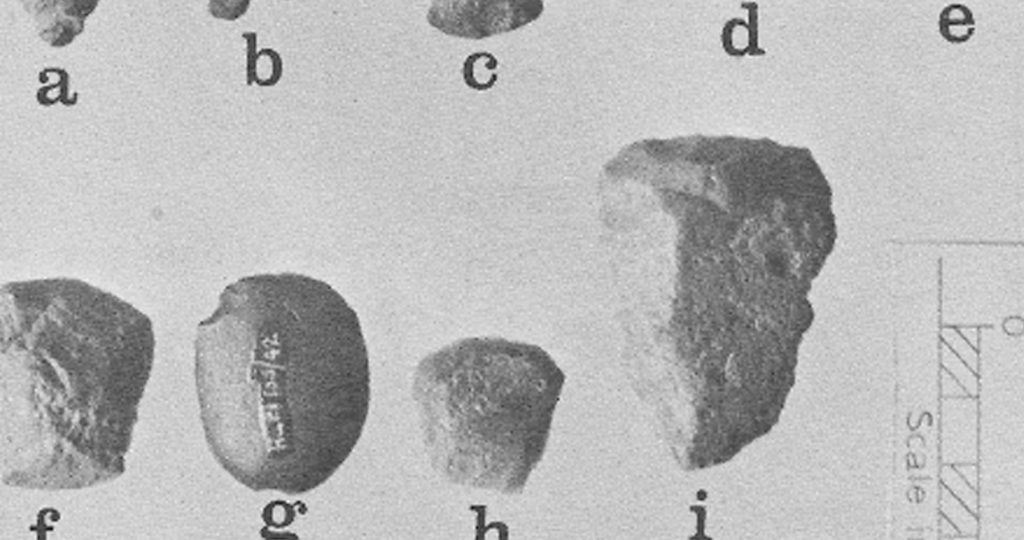
July 3, 2018
The Alook Site – HaPl-1
Although the Wabasca-Desmarais regions is rich in cultural heritage, very few in-depth archaeological investigations have been conducted. HaPl-1, also known as the Alook site, is one of the few sites in the region that has actually been excavated or received any interest past its initial identification. In the 1960s and again in the 1070s, a
Keep Reading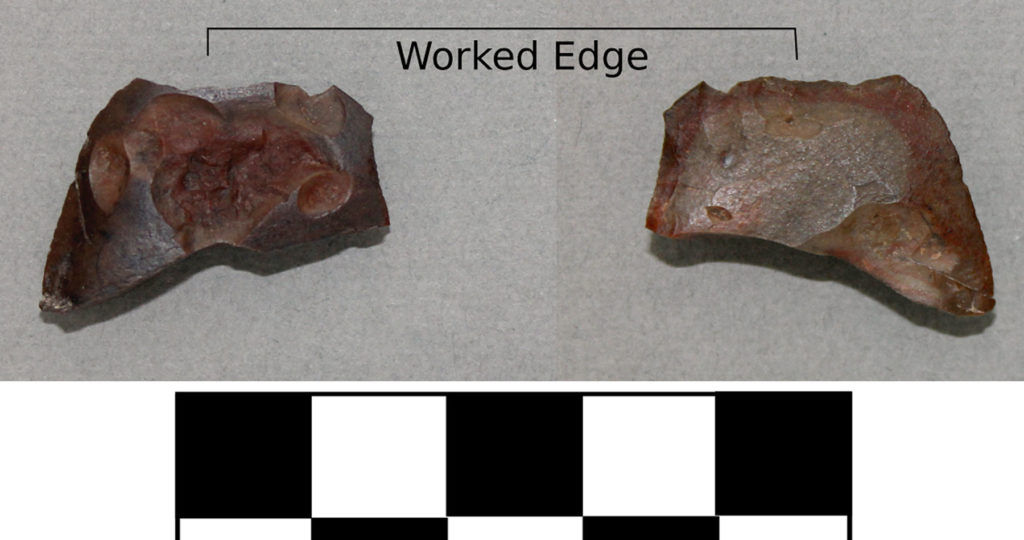
June 19, 2018
Archaeology Around the Wabasca-Desmarais Area
The Wabasca-Desmarais region is rich in heritage of all types, such as archaeological, palaeontological and historic sites and trails. In addition, there are unexplored landscapes that have the potential to contain countless unrecorded sites. Early archaeological research in the area was conducted through government surveys or University funded projects. Over the last 10 to 15
Keep Reading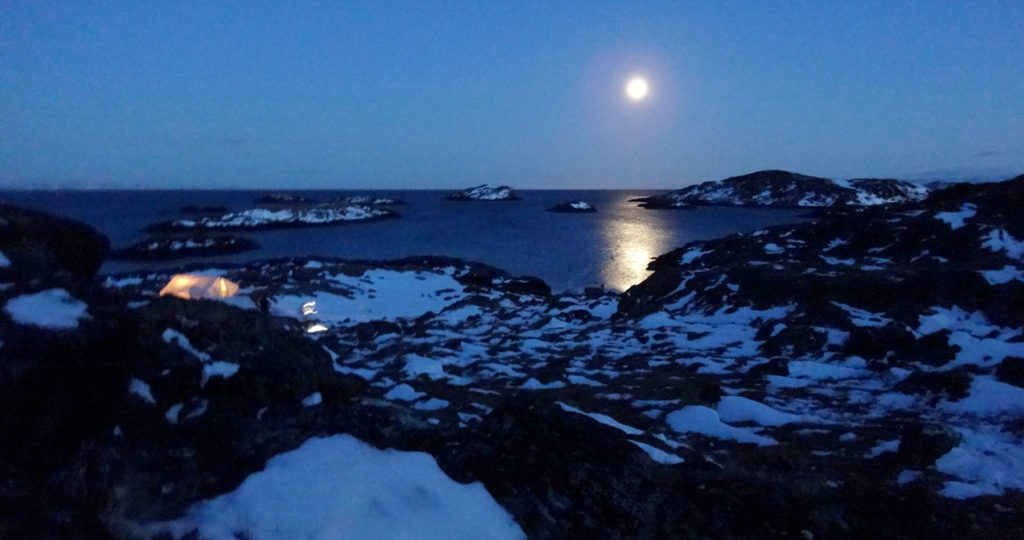
April 24, 2018
Tree Time’s 2017 Top Five Sites
Now that all the reporting is done, we thought it was a good time to look back on some of the exciting sites we worked on from the past year. We usually find over 100 sites every year but these sites stand out either because we found interesting artifacts or the site is unique compared
Keep Reading
November 2, 2016
Slave Lake Plane Crash
In the summer of 2013, Vince and I were walking through a harvested cutblock south of Slave Lake and we noticed something big and white on a high hill along the tree line. At first we thought it was some sort of tarp but as we got closer we realized it was the broken tail
Keep Reading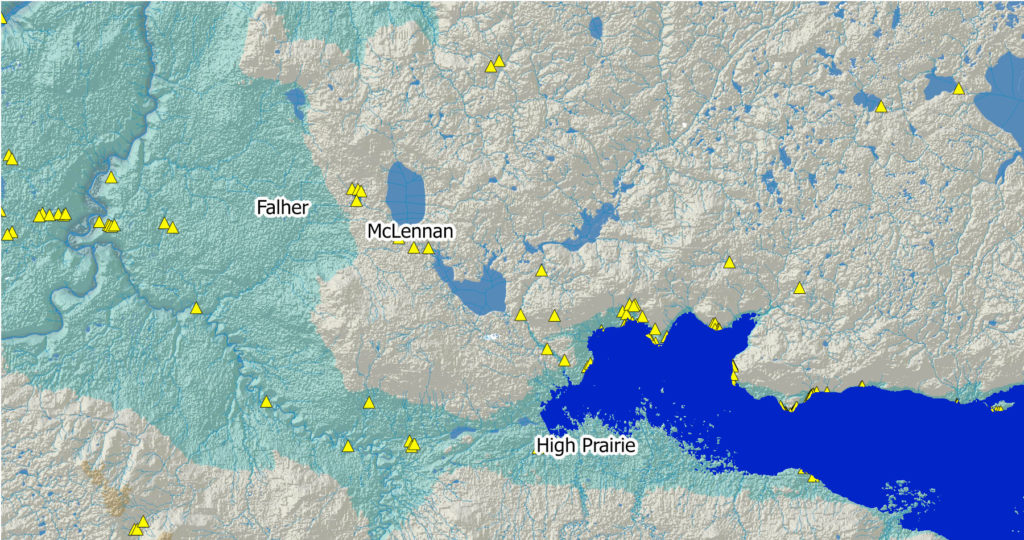
September 20, 2016
Glacial Lakes around Lesser Slave Lake
Where we find archaeological sites in the province is often strongly tied to the physical environment. We look for the different physical characteristics such as distance to water and if an area is high and dry. These features are indicators, which tell us that there could be an archaeological site in the area. This approach to
Keep Reading
April 12, 2016
Archaeology on Deer Mountain
On Friday, April 15th at 7 PM Tree Time Services Sr. Project Archaeologist Kurtis Blaikie-Birkigt will be presenting at the High Prairie and District Museum on ongoing research on Deer Mountain, Alberta. On the weekend, Tree Time will be at the High Prairie Gun & Sportsmen’s show with a display of artifacts and replicas to help identify your finds.
Keep Reading